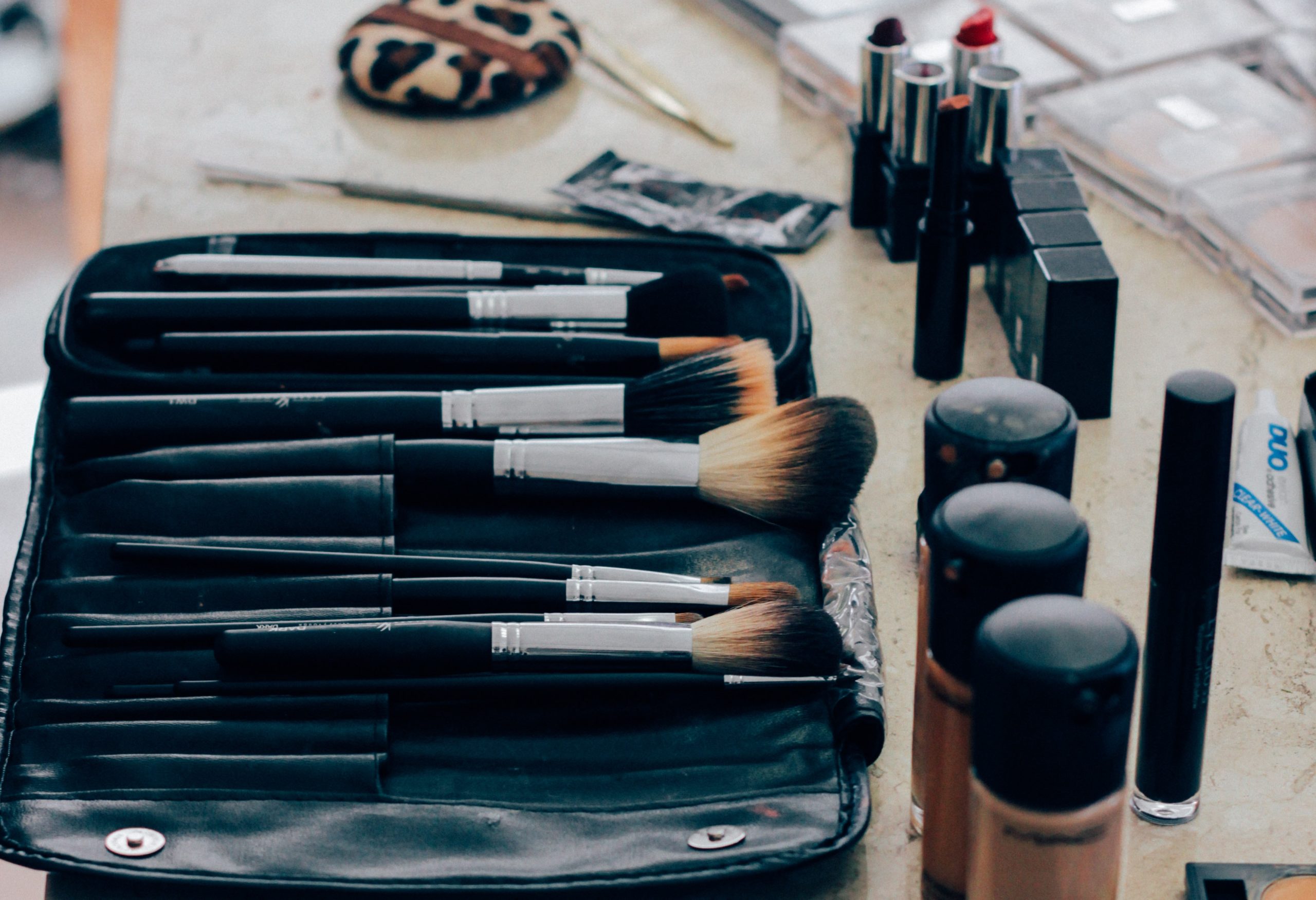Brand Advertising, Non-gaming, Performance Marketing
Sephora’s Omni-Channel Marketing Strategy Shows Why Having a Mobile App isn’t Enough
Apr 11, 2018

Brand Advertising, Non-gaming, Performance Marketing

The shopping experience has evolved tremendously over the last decade with the introduction of the mobile phone and the proliferation of internet connectivity. Amazon built its e-commerce empire slowly and its influence eventually forced its competitors to craft better online and mobile shopping experiences for consumers.
According to Shopify, global retail e-commerce sales are expected to reach $4.5 trillion by 2021. While PCs are still the most popular device for placing online shopping orders today, smartphones are catching up as consumers rely on their mobile phones more and more. For marketers, this means you must have an exceptional mobile experience in order to survive when mobile overtakes desktop as the primary platform for e-commerce in the near future.
One company that’s already achieved this is cosmetic store chain Sephora. The company’s bullishness in crafting a multi-pronged mobile strategy is a good example of how marketers can adapt to the mobile-first future.

This may seem obvious at first, but it’s surprising how many companies ignore where their customers are, disregarding the complete customer journey. For example, customers may be in your brick-and-mortar store, but they’re likely still using their phones to do research, compare prices, and look for product recommendations. Having an app and mobile site are a given in today’s mobile shopping landscape, but they also must feed into a larger strategy—something Sephora has excelled at.
Beyond identifying which platforms and services your customers are using, companies need to anticipate their needs and offer solutions. For example, Sephora knows that not every customer will be a professional beautician who knows exactly what she or he wants.
“We want to make sure that we are catering to not just folks who are the ultimate beauty junkies but also people who are early in their beauty journey and exploring beauty for the first time,” said Deborah Yeh, Senior Vice President of Marketing and Brand at Sephora, speaking to Retail Dive.
“[Customers] want entertainment and they are not thinking about channels, expecting retailers will make it as easy as possible for them.”
Understanding that each customer has different levels of experience with cosmetics and technique, Sephora launched its Beauty TIP (Tech, Inspire, Play) Workshop in its flagship 11,300-square-foot New York City location, which gets customers into the store to learn from experts. For customers who can’t go to the physical store for in-person workshops and tutorials, more educational content is available on Sephora’s website, as well as in the mobile app and the company’s catalog, The Glossy. This multi-channel approach helps Sephora get in front of its consumers no matter where they are.
“[Customers] want entertainment and they are not thinking about channels, expecting retailers will make it as easy as possible for them,” said Mary Beth Laughton, Senior Vice President of Digital for Sephora during her keynote session at the Internet Retailer Conference & Exhibition.
 Photo by Manu Camargo on UnSplash
Photo by Manu Camargo on UnSplash
For Sephora, mobile is meant to engage the consumer before and after purchase. By being everywhere its customers are, Sephora makes it easy for someone to be talking to their friends in Facebook Messenger, then schedule an appointment or ask for product recommendations from its Messenger chatbot.
Sephora also leverages fresh, daily content in its mobile app, as well as location-targeted texts promoting limited edition products and cross-channel educational materials, all of which are intended to drive customers to Sephora stores.
Sephora evolved its marketing strategy for a mobile-first world by focusing on creating awesome experiences first and driving sales second. Without establishing an experience that resonates with consumers, selling them something becomes monumentally more difficult.
By crafting experiences and being where its customers are, Sephora manages to bridge the gap between retail and mobile shopping experiences. In stores and online, Sephora offers its “IQ” series of quizzes that aim to match customers with products that fit their needs. Color IQ makes suggestions for the best colors of lip and face products based on a scan of a customer’s skin tone, and Skin Care IQ recommends skin care products tailored to a customer’s unique skin needs. Both Color IQ and Skin Care IQ are offered online and in-store at touch-powered kiosks.
The company even provides these experiences in its Facebook Messenger bot, proving that the company is aware of where its customers are and is removing as much friction as possible from the shopping experience. Additionally, these are experiences that customers initiate when they’re ready to shop, instead of the company trying to initiate an experience when a customer isn’t in the shopping mindset.
On the mobile side, Sephora offers a unique in-app shopping experience by leveraging augmented reality. Customers can try on different cosmetics like eyelashes, lipstick, foundation, and more from the comfort of home. They can try on different “looks” and add all the products they like to their carts. This takes the technology behind Snapchat’s whimsical face-tracking filters and uses it as a useful shopping tool for consumers.
Most importantly, Sephora’s comprehensive retail strategy turns shopping into a fun experience where customers are more likely to buy because the technologies offered help to narrow down the thousands of options available and empower customers to make choices they feel good about.
Sephora’s Digital Makeover Guide is also a clever way for the company to create a unique and personalized in-store experience with mobile. When a customer comes into the store for a makeover, the Sephora staff member who gives the makeover sends a Digital Makeover Guide to the customer, which is a personalized list of products with notes on how best to use each product. And because it’s on mobile, customers can easily access the Guide the next time they’re in the store.
It’s known that community is an integral part of the mobile gaming experience, but it’s important to the consumer journey as well. In August 2017, Sephora launched its Beauty Insider Community page on its main website. Here, customers can browse for inspiration, get advice from experts, check out local events, and share opinions and insights with others. The Beauty Insider Community is like a social network for cosmetic enthusiasts and anyone seeking advice on cosmetic and skincare products and regimens. And of course, it can be accessed within Sephora’s mobile app as well.
By building a community, Sephora has a direct channel to speak with its customers and collect feedback. This allows the company to be hyper-aware of what its customers want, helping to direct the company’s strategy. Community helps Sephora foster personal connections between its members with its platform and tools.
“We know our clients crave outlets and experiences that give her the deeper personal connections, and they want to be next to people they feel are like them and share their passion for beauty.”
And because customers are required to be part of the Beauty Insider program before they can sign up for the Beauty Insider Community, new customers will be further enticed into stores with exclusive offers and loyalty rewards. While the Insider tier is free, Sephora offers a VIB (Very Important Beauty Insider) for those who spend $350 in a year as well as the exclusive Rogue tier, which gets Insiders monthly gifts, free custom makeovers, free 2-day shipping on all orders, a private hotline, and invitations to exclusive events—if they spend $1,000 or more in a year.
“We know our clients crave outlets and experiences that give her the deeper personal connections, and they want to be next to people they feel are like them and share their passion for beauty,” said Laughton speaking to WWD. “We know they’re increasingly looking to their peers and people like them and this just plays into that.”
With community, smart content marketing, and a mobile strategy that is everywhere its customers are, Sephora is showing exactly what’s necessary to succeed in today’s mobile-first retail landscape. Having a mobile app is not enough, and a mobile strategy is nothing if it doesn’t mesh with the rest of your overall company strategy, from content to social media marketing. By approaching mobile from a bird’s-eye view, Sephora is now the benchmark for retailers.